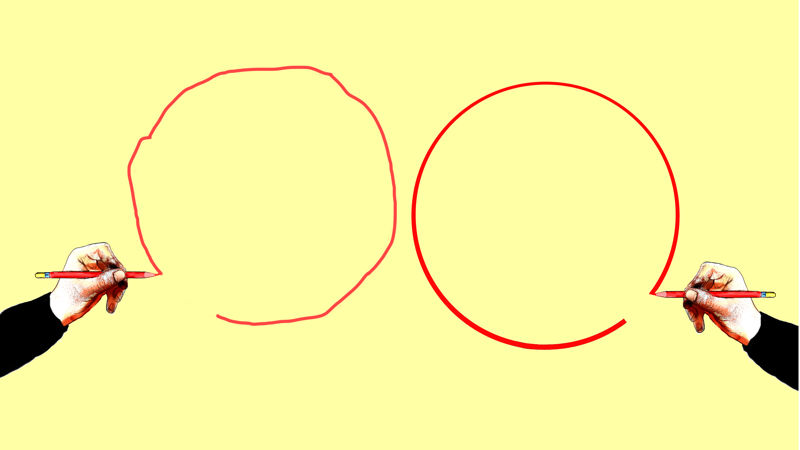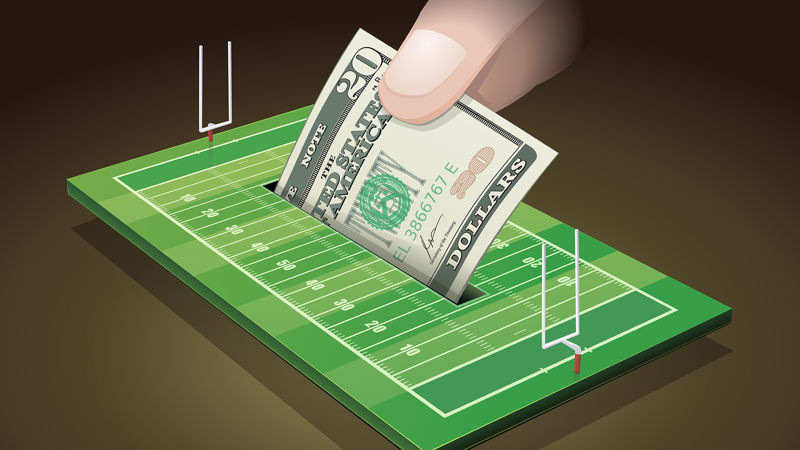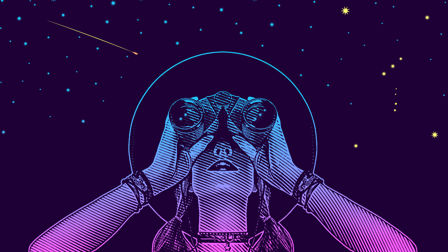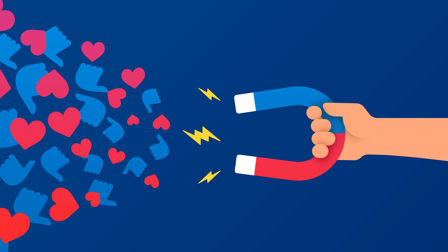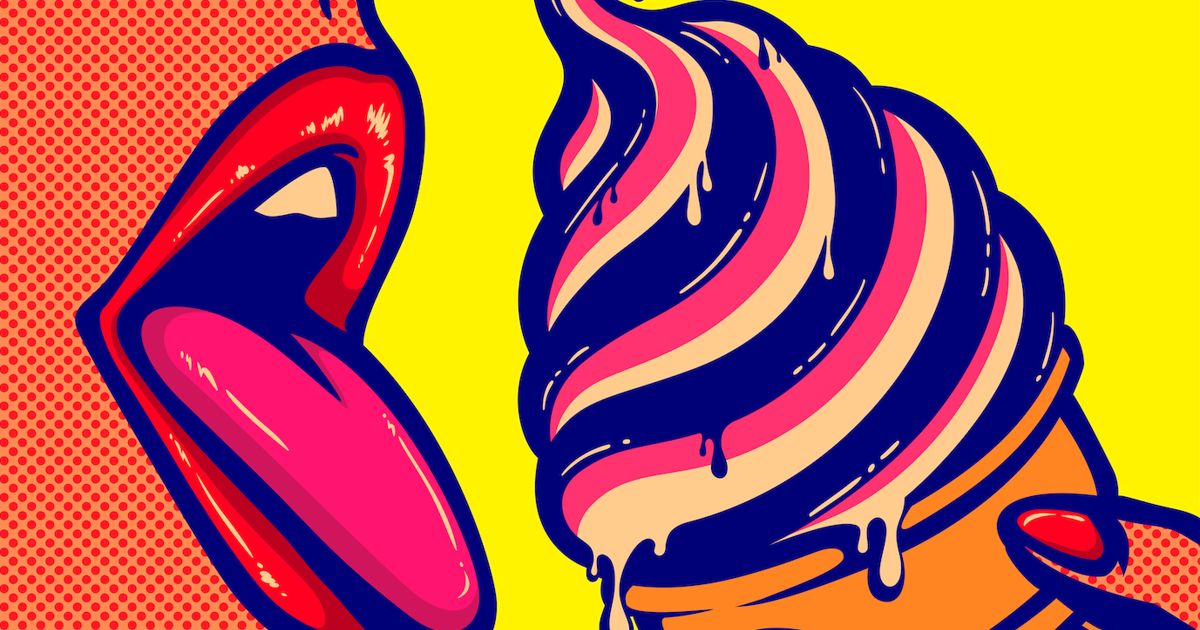Sensual satisfaction: make them lick the screen
What’s the secret to producing a great food and drink ad? The Moon Unit suggests we can stoke desire in the kitchen by drawing on what creates desire in the bedroom.
In the food and drink space, everyone wants ‘craveable content’. Clients are looking for films that will generate such a strong desire for their food, viewers have an immediate urge to consume it.
Could understanding our sexual hunger help us understand what makes a good food ad?
So, where we can turn to for information on how to create desire? Well, hundreds of books have been written about sexual desire, and there are definite parallels between food and sex – after all, they both deal with sensual satisfaction. So, could understanding our sexual hunger help us understand what makes a good food ad?
One of the most prominent theorists of sexual desire today is Esther Perel, author of Mating in Captivity and host of the couples therapy podcast Where Shall We Begin? One of Perel’s key insights is that desire craves mystery. In fact, it wilts in the face of the familiar. That’s why it’s hard to maintain desire within a long-term relationship, when every aspect of the other person is so well-known to you. Perel’s advice is to spend time apart, because distance creates anticipation and longing.
Credits
powered by
-
- Production Company Academy Films
-
-
-
Unlock full credits and more with a Source + shots membership.
Credits
powered by
- Production Company Academy Films
- Post Production Smoke & Mirrors
- Editor Rick Lawley
- Director of Photography Ivan Bird
- Creative Walter Campbell
- Creative Tom Carty
- Director Jonathan Glazer
- Producer Nick Morris

Credits
powered by
- Production Company Academy Films
- Post Production Smoke & Mirrors
- Editor Rick Lawley
- Director of Photography Ivan Bird
- Creative Walter Campbell
- Creative Tom Carty
- Director Jonathan Glazer
- Producer Nick Morris
Above: Guinness' ‘good things come to those who wait’ campaign depicted desire, not satisfaction.
If this thinking is correct, what are the implications for food and drink advertising? Clients are fond of using the term ‘food porn’ to describe what they want their ads to look like. It means showing the food in juicy, close-up detail, leaving nothing to the imagination. But Perel’s philosophy suggests this won’t create as much desire as if we hold something back. It implies we should delay showing the product. Perhaps use low lighting, fleeting glimpses. Depict longing rather than satisfaction. In short, tease. Think of the anticipation in Guinness’ famous dancing man ad or the ‘Good things comes to those who wait’ campaign.
The implication is that we should avoid communicating any pragmatic need for a food or drink product, and instead just focus on people wanting it.
Hey Sigmund, the website of Australian psychologist Karen Young, includes a wildly popular article on sex in which she states “Nothing will kill desire quicker than neediness.” Independence is sexy, a strong need to be loved... less so. Does this mean we should focus on the needs of others? Apparently not. Young goes on to explain that although we’re taught to be selfless in relationships, this attention to the needs of our partner is another enemy of desire. The underlying theme is that we want to be wanted, not needed.
In advertising terms, the implication is that we should avoid communicating any pragmatic need for a food or drink product, and instead just focus on people wanting it. Unfortunately, clients are obsessed with demonstrating how a product fits a need – for a healthy snack, a satisfying breakfast, a meal on-the-go. If Young’s theory is correct, this approach won’t make people want the product, though it might coax a grudging purchase. The solution would be to dial down anything in the spot that speaks to fulfilling a need – the scenes that depict a role for the product or the occasion at which it should be used – and focus instead on showing people simply wanting it.
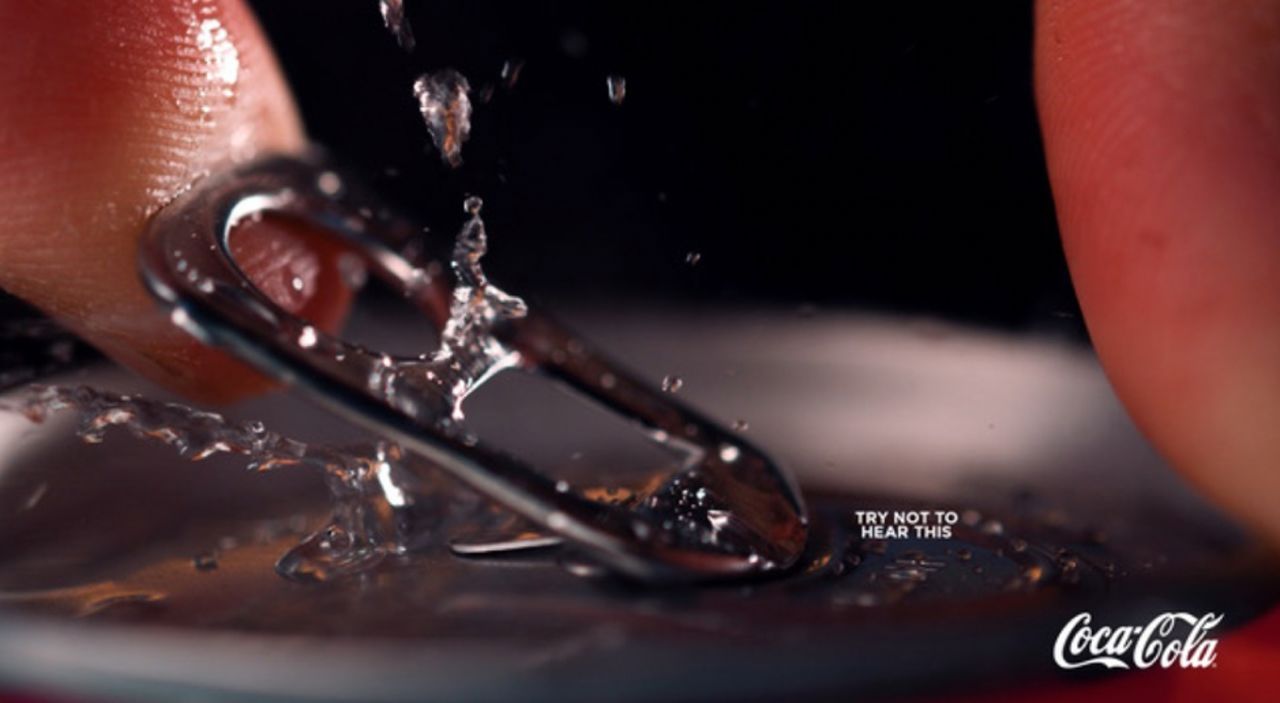
Above: This Coke image, by David Miami, doesn’t tell you when to drink the product, instead focussing on the product’s sensual qualities.
Going back in time, one of the earliest writers on the subject of desire was Socrates. His theory – which sounds simple enough – is we desire that which we think is good. But 20th century American philosopher David Lewis challenged this idea with his work on decision theory. He found that you can get people to agree something is the best option, but then they choose something else anyway.
Most marketers are stuck in the Socratic position of thinking they just need to prove that their product is good, and people will buy it.
Most marketers, sadly, are stuck in the Socratic position of thinking they just need to prove that their product is good, and people will buy it. That’s why they like to load their ads with product benefits – the product is tasty, low in fat, made from quality ingredients, etc. David Lewis’s work suggests this is not enough. There’s a strong conscious-versus-unconscious dichotomy at play here. If you ask people what they want in a food product, they’ll say good value, good taste, healthy... but by observing what they actually choose, we can see that what people actually want is often different.
Credits
powered by
-
-
- Director Tom Noakes
-
-
Unlock full credits and more with a Source + shots membership.
Credits
powered by
- Director Tom Noakes
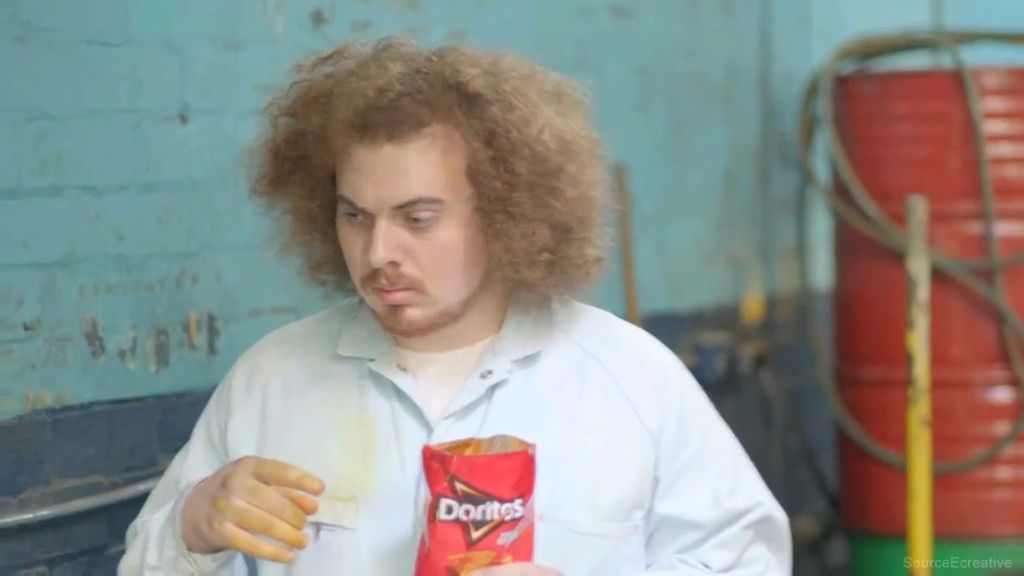
Credits
powered by
- Director Tom Noakes
Above: The naughtiness of Doritos’ famous Finger Cleaner spot generates more desire for the chips than any product benefit would.
So, we might be better off accentuating the qualities that truly generate desire. In the sexual realm, we are turned on by adventure, novelty and risk. We are turned on by jealousy. We like naughtiness. For many, feeling powerful is a turn-on. Fortunately, these concepts can be easily communicated in film. Novelty, for example, might translate to showing the product surprising someone – by clearly demonstrating that a drink is new, we’re more likely to create desire for it. Risk translates to the lengths someone may go to in order to obtain the product. And as for jealousy… that brief shot of a person looking enviously at someone else’s burger may evoke more desire than any number of listed product benefits.
We might be better off accentuating the qualities that truly generate desire.
Final thought: Desire implies discontent with our current state; a dissatisfaction, an itch that we need to scratch. Clients are notoriously averse to showing anything negative, but it’s vital we convince them to at least allow some restlessness or longing, because that’s how we leave the door open for desire, and a spot that truly creates 'crave'.
)
